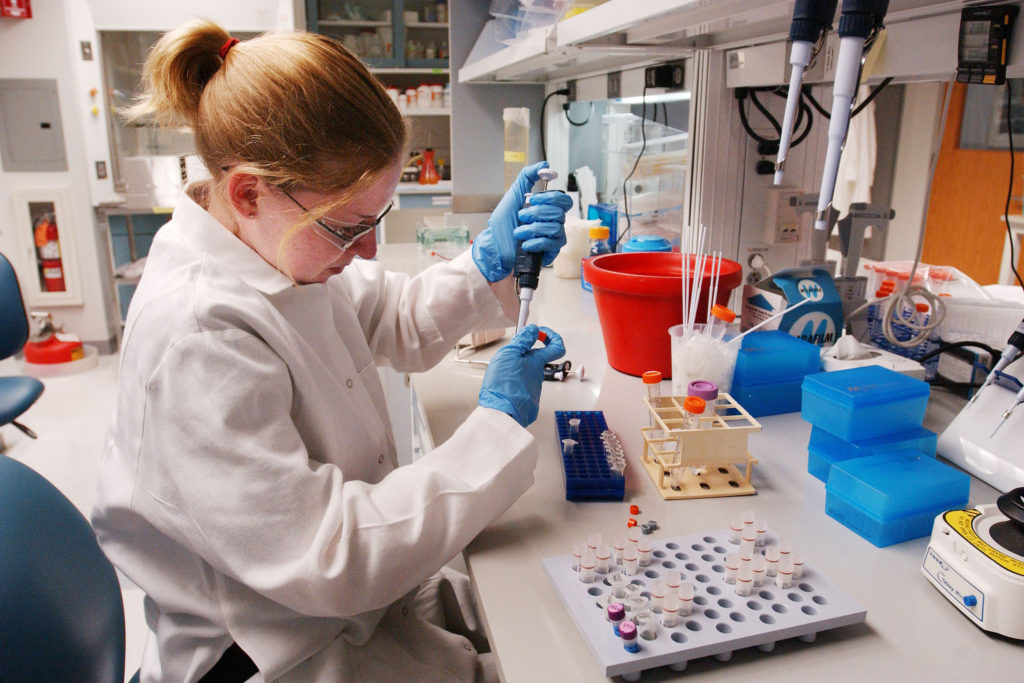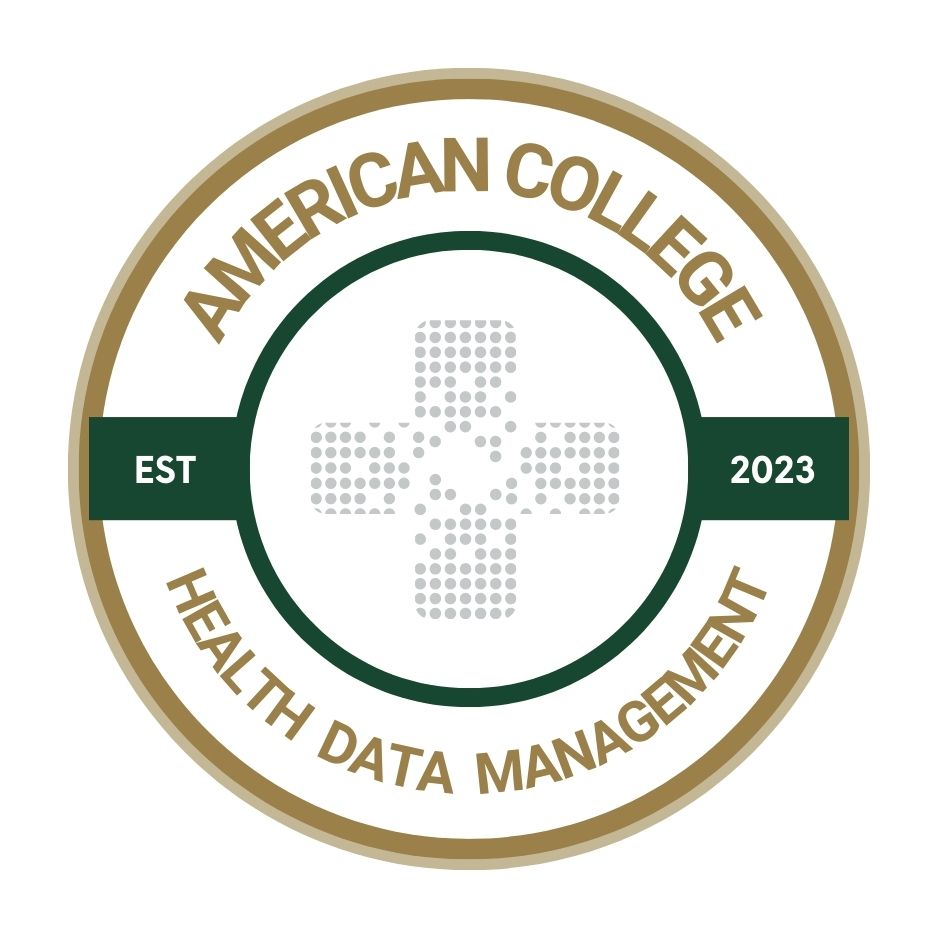How to translate genomic research into patient care
Taking a practical approach to collaboration will better enable the transition of genomic breakthroughs into evidence-based medical innovations.

The cohorts-to-clinics paradigm promises an innovative frontier in genomic research, aiming to translate the wealth of data collected from diverse, large-scale cohorts directly into clinical practice. This approach is designed to bridge the gap between scientific discovery and patient care by leveraging genomic insights to inform precision diagnostics, tailored therapies and personalized health strategies.
My question is, have we arrived there yet?
A successfully operating implementation involves creating collaborative networks that unite researchers, clinicians and implementation experts. The cohorts-to-clinics model accelerates the journey from research findings to real-world applications, ensuring that genomic breakthroughs can rapidly be transformed into effective, evidence-based medical interventions.
This strategy not only enhances our understanding of complex genetic influences on disease but also promises to revolutionize healthcare delivery on a global scale, ultimately improving patient outcomes and advancing the field of personalized medicine.
The Global Genomic Medicine Collaborative (GGMC), leveraging its International Health Cohort Consortium (IHCC) for research, and the Global Genomic Medicine Consortium (G2MC) for clinical implementation, aims to revolutionize healthcare by effectively translating genomic discoveries into tangible patient benefits.
The Cohorts to Clinics (C2C) strategic theme underscores the critical need for a unified approach linking research findings with practical clinical applications, thereby bridging the existing gap between scientific breakthroughs and their real-world impact on healthcare. This concise plan outlines systematic strategies to achieve this vital integration.
Strategic objectives of C2C
The first step is to define the details of the C2C program. There are several peer-reviewed publications that have investigated the concept of “translational medicine,” but the concept needs to be put into practice.
GGMC is building a new framework to fit its global membership, which includes plans for a shared workflow platform, informed by a review of translational research best practices and a comparative analysis with other global efforts. Special attention will be paid to operating C2C effectively in low-to-middle-income countries. But most importantly, in all situations, ensuring research cohorts have the processes in place to directly inform clinical practices.
To facilitate the formation of C2C teams and networks, GGMC has developed an online membership portal. The portal collects member information relevant to translational activities, facilitate clinical forums exclusively for participating clinics, establish multidisciplinary implementation teams, and manage C2C community group memberships (clinics, university/clinical departments) via a dedicated form.
GGMC leadership has determined that tighter collaboration between IHCC (the cohort), and G2MC (the clinic) is a strategic necessity. The key component will be building the technology infrastructure for data access between researchers and clinicians, then defining and working together on C2C projects.
Key C2C deliverables include diagnostics, biomarkers, risk scores and clinical trials advancing clinical utility. Final success will require genomics industry involvement and philanthropic support to elevate the opportunities to achieve life-changing results.
The C2C action plan
Here are the major steps that are essential to achieving the C2C goals.
Building the collaborative infrastructure
Implementing the C2C framework. A systematic approach to organizing and managing tasks, resources and workflows to ensure efficient and effective operations of the C2C program. The framework will include methodologies, best practices, tools and techniques that help streamline C2C processes and productivity.
Mapping cohorts to clinics. Identify pilot pairings of IHCC cohorts and G2MC clinical sites for C2C projects. Engage principal investigators to understand needs and priorities, potentially through a dedicated workshop.
Integrated data platforms. Develop secure, interoperable platforms for seamless research and clinical data access to enable the formation of virtual cohorts. Promote the use of process and data standards (HL7, GA4GH and others), while ensuring data security and ethical compliance, informed by technical horizon planning and the trusted research environment plan.
Communication channels. Establish regular information exchange through webinars, newsletters and an online forum to facilitate continuous interaction and knowledge exchange.
Strategic partnerships. Identify GGMC member champions and pursue external collaborations with academic, governmental, genomics industry and philanthropic stakeholders, with the goal of becoming a WHO convening partner.
Education and training
Professional development will be needed to operate the C2C program. We must offer educational programs such as workshops, online courses and certifications. The integration of genomic medicine topics in medical and healthcare training is needed, and at the same time, accessible materials to educate patients on the benefits and implications of genomic medicine.
Targeted translational research ready for handoff
The C2C program will assist and support IHCC cohorts in designing translationally focused studies, prepare for the handoff of new discoveries, and promote multi-center trials involving research and clinical teams.
With their partners, cohort groups will determine the deliverables, which will be different in each location or country, depending on their capabilities, resources, business interest or government program. To enable this process the cohort may need to implement new tools and technologies.
Defining and launching pilot projects will be the first priority, projects with clear milestones for evaluation and scalability. For scalability, it will be necessary to secure funding from diverse sources to support C2C infrastructure, personnel and technology, clinical validity and utility. For study success, cohorts may need data from clinical systems.
Implementing research discoveries in clinical settings
On the clinical delivery side, the following steps will be taken.
Implementation science. Update newly informed models, guidelines and care protocols to integrate and scale-up the new cohort discovery.
Clinical workflow. Educate and train healthcare providers on the new intervention and to determine when it is clinically indicated (clinical trial, prevention, screening, diagnostic, treatment).
Data integration in EHRs. Facilitate the incorporation of genetic test ordering and test result data into EHRs and implement decision-support systems.
Clinical support tools. Implement support tools like risk scores, patient data management systems and platforms for global clinical trials with standardized data and consent. A Start with ClinGen Integration: Incorporate ClinGen tools (ClinRisk, algorithm repositories) to guide clinical implementation.
Monitoring and evaluation. Establish metrics to assess the impact of genomic medicine interventions and regularly update practices based on findings.
Making C2C sustainable
As the initiative matures and gains experience, we will streamline the process of moving genomic research findings to clinical use, adapting processes to local needs, ensuring relevance for practitioners and utilizing a multi-omic approach.
Open discussions and communications will disseminate new knowledge for improving patient outcomes, not just writing manuscripts for peer review.
To secure the viability and robustness of the program, GGMC will maintain active and inclusive engagement with all stakeholders (patients, providers, researchers, policymakers, funders, industry). Constant adaptation to emerging trends requires remaining agile and responsive to advancements in genomic discoveries and healthcare delivery.
The application of AI will be critical obviously, but we’ll save that topic for another day.
The Cohorts to Clinics initiative represents a crucial step in advancing genomic medicine. By effectively linking research with clinical application, GGMC aims to demonstrate the power of global collaboration in delivering personalized healthcare solutions, offering a clear roadmap for impactful progress and inviting broad stakeholder participation in shaping the future of precision health. C2C success, of course, depends on a thriving collaborative and integrated ecosystem, with contributions by all.
More information about the Global Genomic Medicine Collaborative can be found here.
Grant Wood is the chief executive officer of the Global Genomic Medicine Collaborative, a non-profit organization dedicated to advancing genomic medicine globally. He can be contacted at grant.wood@globalgenomics.org
